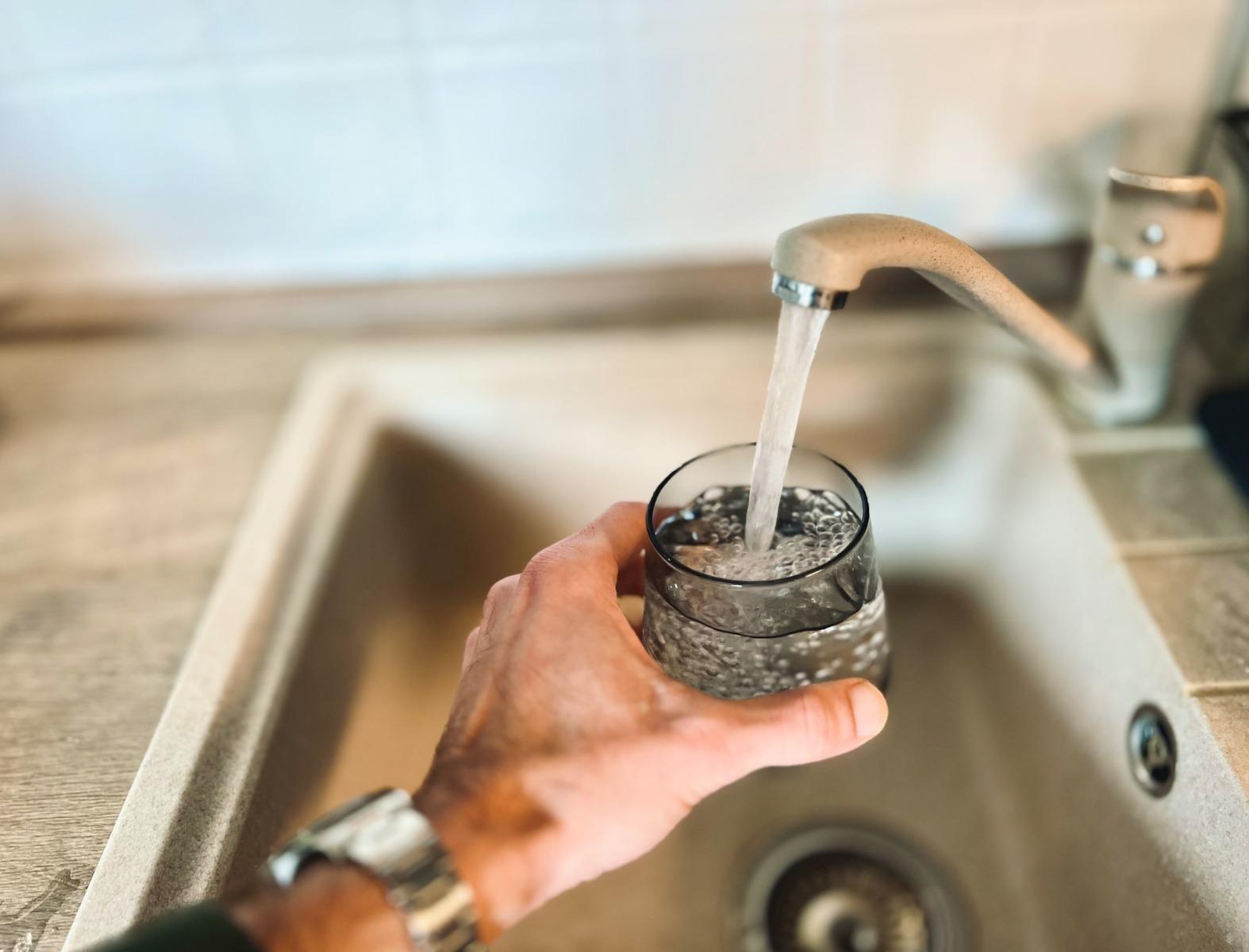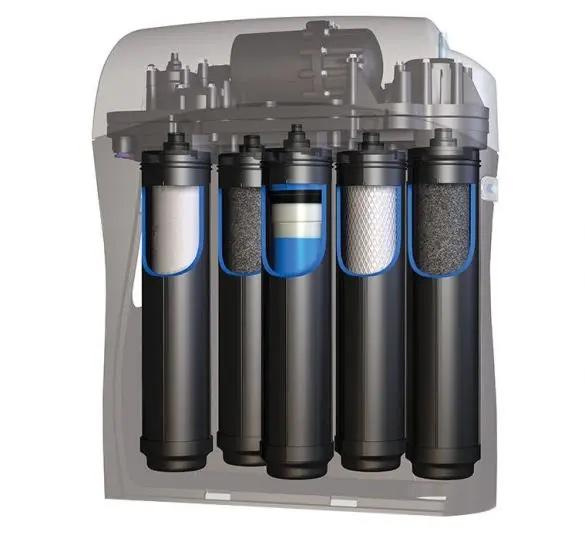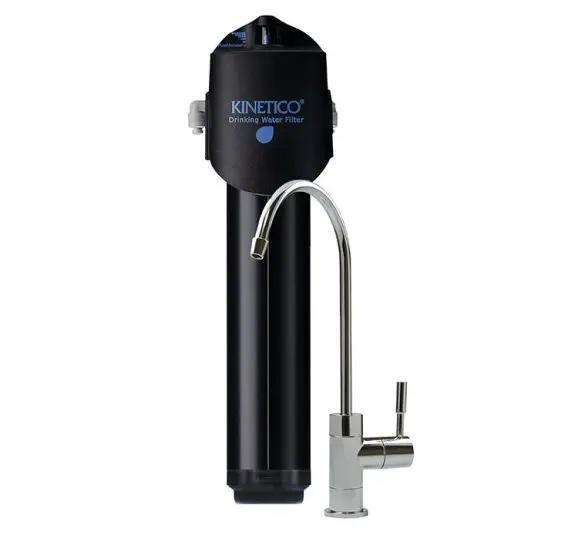Why Does Water Need to Be Filtered?
Filtered water has many benefits ranging from improved taste to safety. Filtering water removes impurities from the water but leaves in the healthy minerals, making the water taste and smell better. Water filters can remove contaminants, like chlorine, lead, mercury or arsenic, which can be found in some tap water.
While water filters can remove these impurities, it doesn’t strip important minerals from the water, so calcium, zinc, magnesium and fluoride will be retained.


Types of Water Filter
There are two main categories of water filter; physical filtration and chemical filtration. Physical filtration involves straining the water to remove larger impurities – essentially, it works like a sieve. Chemical filtration involves passing the water through an active material, which can remove the impurities.
The most common methods for filtering water include activated carbon, reverse osmosis and sediment filtration. A water filter system can be attached under your kitchen sink, and will filter and purify the water that comes out of the kitchen tap.
Water filters will trap the contaminants, and depending on the type of filter you have, they will be removed through system cleansing, or contained within a cartridge membrane that you will have to replace periodically.
Here at Kinetico, we use reverse osmosis and carbon filtration, as they are two of the most effective water filtering techniques.


Reverse Osmosis
Reverse osmosis involves passing water molecules through a semi-permeable membrane, which contaminants are too big to go through. The contaminants will be washed down the drain, while safe and clear water is delivered to your tap.
Reverse osmosis is an advanced filtration method that can remove the highest percentage of contaminants from water through the semi-permeable membrane.
At Kinetico, we use reverse osmosis techniques in our K5 range. Proving how effective reverse osmosis is, the Premium K5 Pure Ultra removes 99.99% of viruses and 99.99999% of bacteria using a Purefecta Guard filter.


Carbon Filtration
Another water filtration technique used by Kinetico is carbon filtration. Carbon filters work by attracting and absorbing a range of impurities and water-borne contaminants from the water. Carbon has a large internal surface that can easily draw in and trap chemical impurities.
There are two main types of carbon filtration; granular activated carbon and carbon block. Granular activated carbon filters are most common for domestic purposes and help to reduce unwanted tastes and smells through absorption. Carbon block filters will be a little more expensive but are typically more effective for particle removal. At Kinetico, we have carbon filters with both types on offer as part of our Aqua range.
- The AquaTaste uses a 5 micron granular activated carbon filter to improve the taste, smell and colour of your drinking water.
- The AquaGuard uses a 1 block carbon filter to eliminate sediment, chlorine, pesticides and insecticides, as well as lead and cysts.
If you are fitting a water filter from the Kinetico Aqua range, you will either need a three-way tap or an additional tap when installing a Kinetico water filter system, of which there are various types to choose from.
If you’d like more information on finding the right water filter or water solution for your home or business, feel free to get in touch with us, and our expert team can help you transform your water quality.
